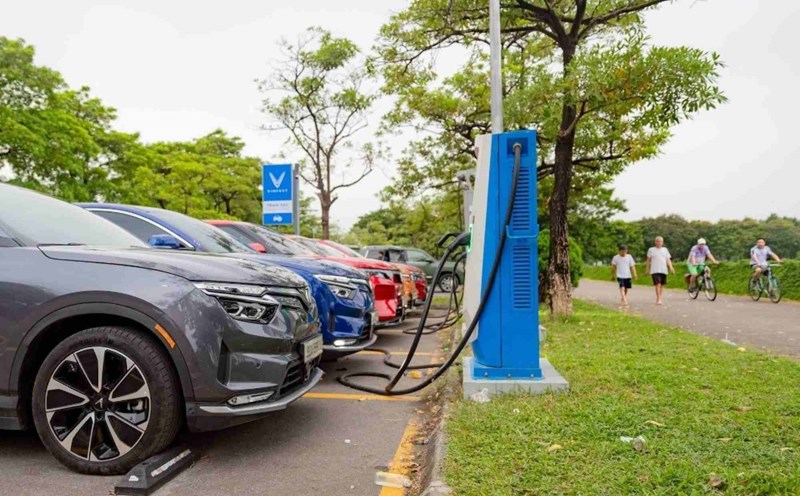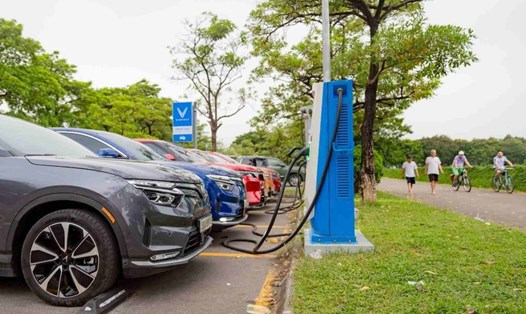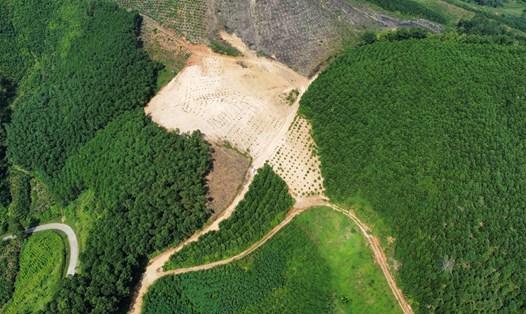The foundation of the long-term cycle forest
Forest planting is no longer simply greening vacant land or exploiting raw wood. In the trend of green globalization, forests are considered an "eco-asset" capable of absorbing carbon, protecting biodiversity and creating carbon credits - a unit of measurement exchanged as a commodity in the global climate market.
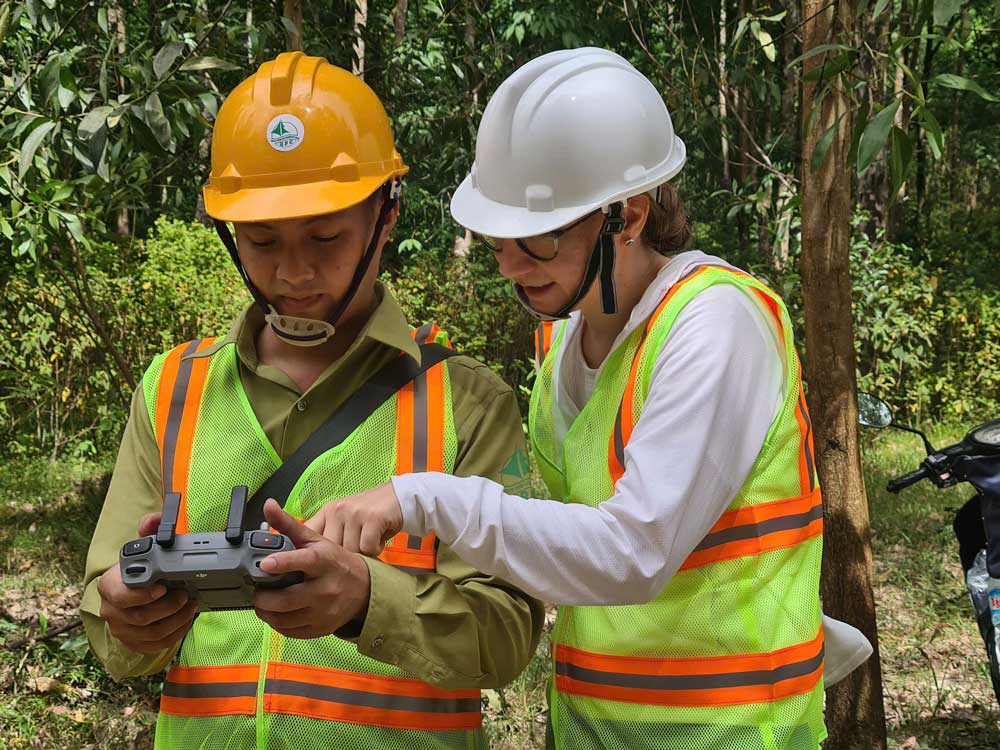
However, forests can only become carbon tanks when properly managed. Short-term around-the-line forests, mainly used for wood chip production, often do not accumulate much symmetrical volume, and have a short carbon absorption cycle, making it difficult to generate high-value carbon credits.
In contrast, the large-old forest model, maintained in a long cycle, planting valuable native trees and combining advanced forestry techniques, has the ability to store large, long-term and sustainable carbon.
From that reality, the Project " expansion of sustainable forest management and forest certification in Vietnam" (SFM), a cooperation between Vietnam and the Federal Republic of Germany, implemented in the three provinces of Gia Lai, Quang Tri and Dak Lak in the period of 2022 - 2025, is bringing fundamental changes in the thinking and methods of forest development.
In Gia Lai - which has favorable natural conditions and is one of the largest "capitals" in wood processing in the country, the two forestry companies Song Kon and Quy Nhon have pioneered the application of the long-term cycle forest model towards high-quality large-scale wood production.
Mr. Ho Van He - Director of Song Kon Forestry Company Limited - shared: "Planting large timber forests is a strategic step. We not only aim to enhance the value of forests, but also want to participate in the carbon credit market to diversify income and encourage the community to preserve forests for a long time.
Initial 48ha demonstration models were expanded to 1,685 hectares of large timber forest, with trees such as acacia, green lim and native species having strong growth, good weather resistance and effective carbon accumulation.
New economic opportunities from forest resources
Not only bringing environmental benefits, carbon credits are opening up new economic opportunities for forest owners and local communities. For each ton of CO2 absorbed, forest owners can create a carbon credit and sell it to organizations and businesses that need to compensate for emissions.
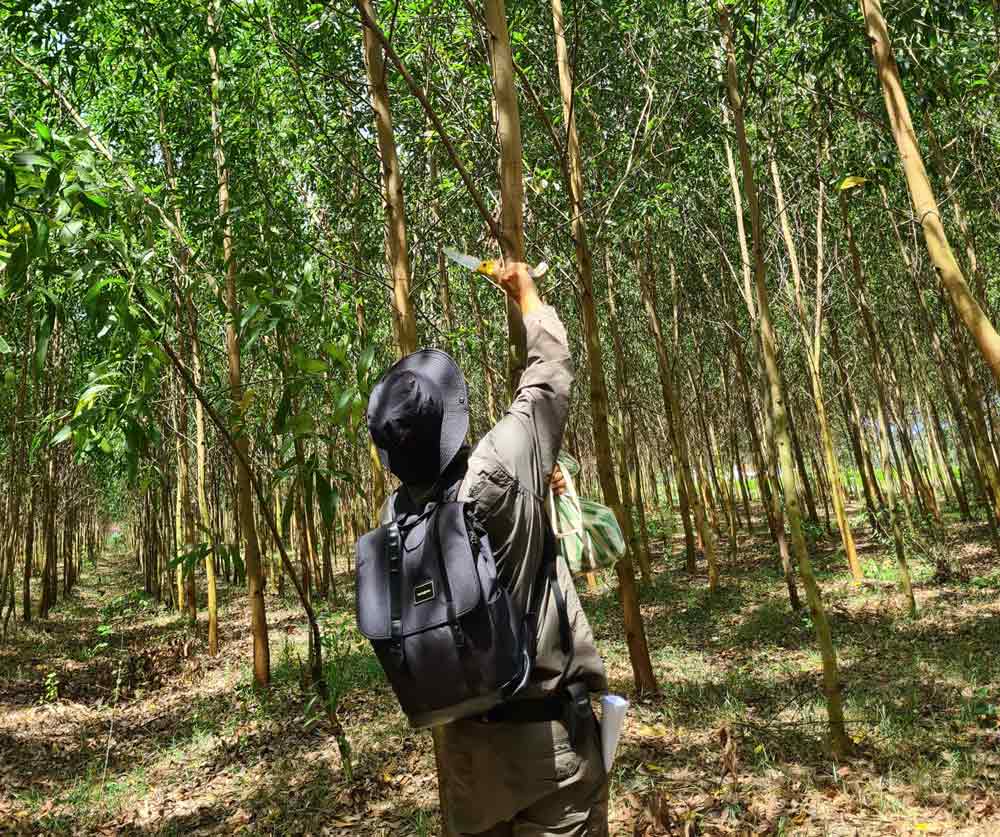
In the voluntary market, the value of each credit ranges from 5 - 50 USD depending on the type and standard, and is showing a strong upward trend according to global climate commitments.
Mr. Nguyen Van Hoan - Deputy Director of the Department of Agriculture and Environment of Gia Lai province - acknowledged: "Carnable credit is a new direction to link economic value with forest resources. Gia Lai has advantages in terms of large wood production area and capacity, if well supported in terms of institutions, technology and market access, it can completely become a center for developing forestry carbon credits in the region".
In particular, from receiving individual contracts, people are now able to participate in the process of forest co-management, receive training in techniques, law and negotiation skills to clearly understand the benefits of forest protection and carbon credits.
Ms. Dinh Thi Inh - a Ba Na ethnic group in Vinh Son commune, sincerely shared: "Previously, forest protection was an assigned responsibility, but now it is a right. We understand that the better we keep forests and the stronger the trees, the more valuable they will be in the future, both economically and environmentally.
New contracts between businesses and the community are established in a transparent and fair manner, with provisions on sharing benefits from forest protection activities, including income from carbon credits. This is a remarkable model, not only in the environmental aspect, but also a step forward in governance and responsibility sharing.
Vietnam is currently promoting the construction of a domestic carbon credit market and completing a related legal corridor. While waiting for the official market, pilot models such as SFM are a practical stepping stone to help forest owners get acquainted with the process, standards and transaction mechanism.
From the forests in Gia Lai today, if replicated and institutionalized, Vietnam can confidently enter the global carbon market - not only with available resources, but with professionalism, fairness and sustainability in its own forest management methods.


